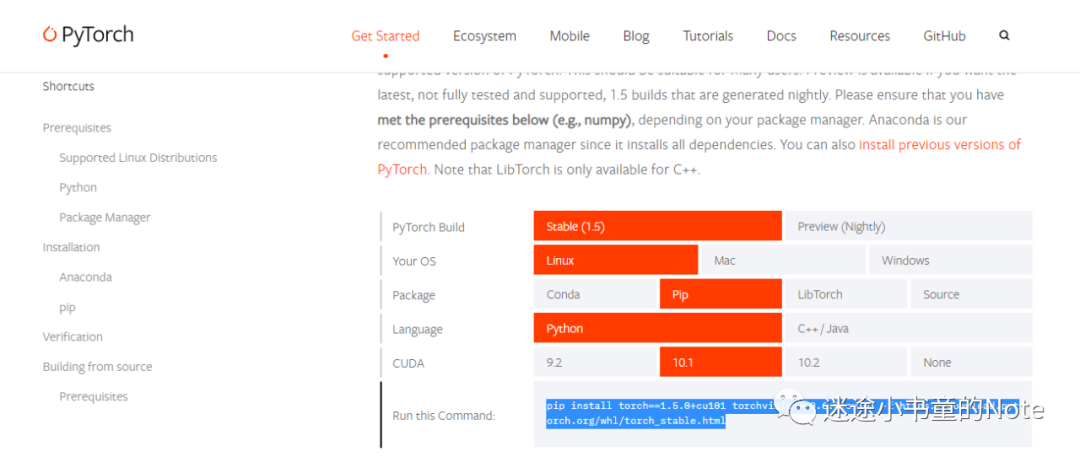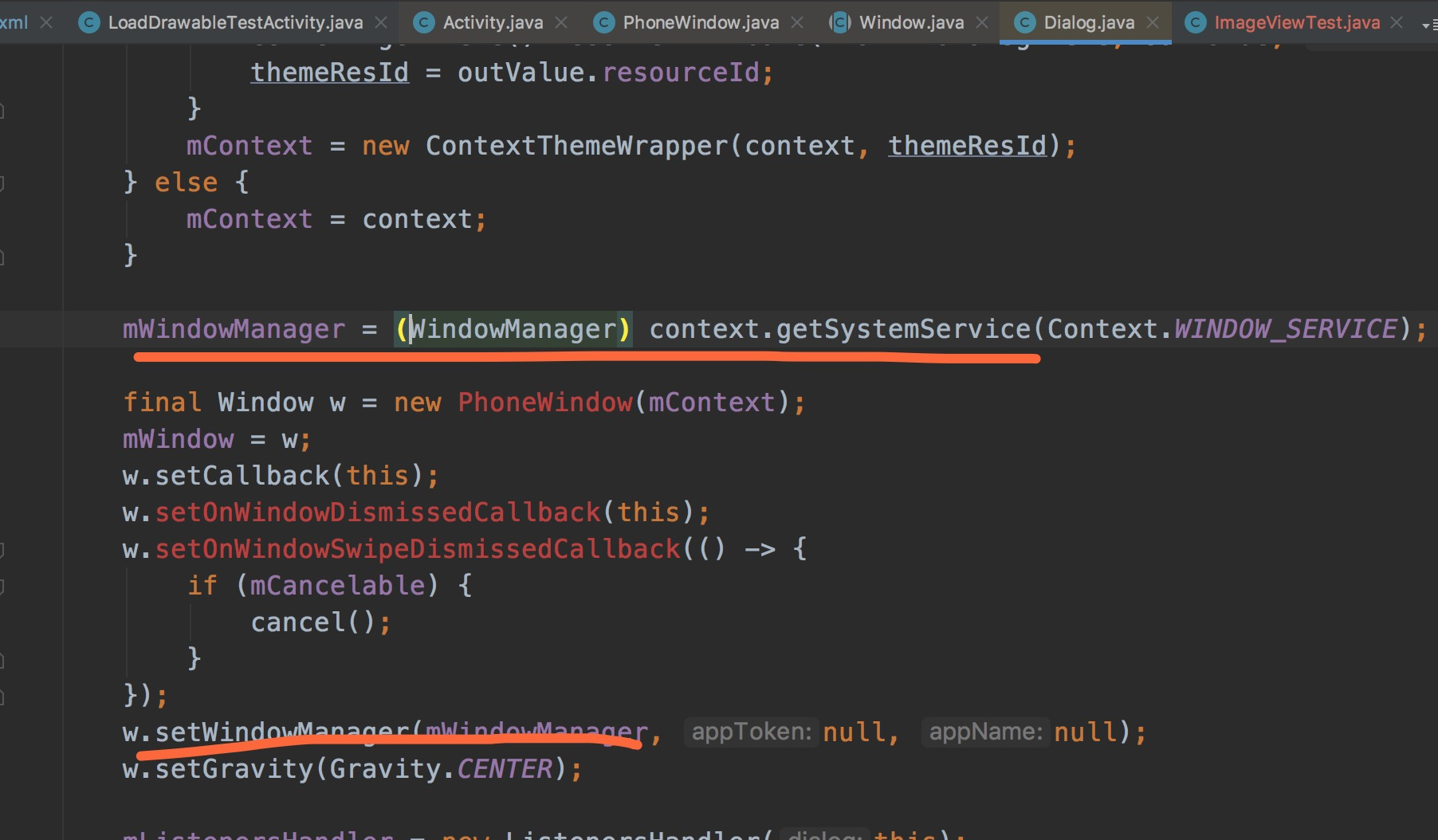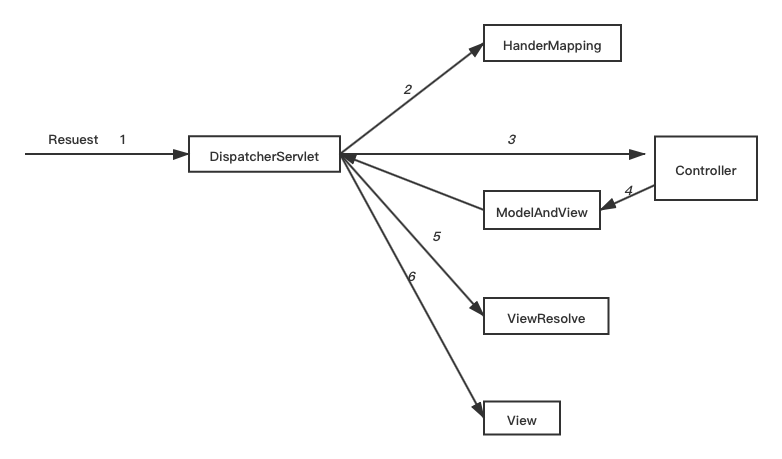I'm using the signature-pad JavaScript library to have people digitally sign documents (this is just for testing, nothing legally binding, etc.) but I'm having a hard time passing the signature result back to Flask/Python from JS.
The following code is my HTML form, it submits the form.stu_name field perfectly, and even triggers my JS to "submit"(meaning the code executes and a new window opens displaying the signature) but I'm not sure how to submit the JS result back to Flask - see the second code block example for more.
<div class="container">
{% from "_formhelper.html" import render_field %}
<form id="upload-form" method="POST" action="/sixth_form/" enctype="multipart/form-data">
<dl>
{{render_field(form.stu_name)}}
</dl>
<p>Student Signature</p>
<div class="wrapper">
<img src="{{ url_for('static', filename='images/grey.jpeg') }}" width=400 height=200 />
<canvas id="signature-pad" class="signature-pad" width=400 height=200></canvas>
</div>
<div>
<button id="clear" type="Button">Clear</button>
</div>
<br>
<p><input id="finalsub" type="submit" value="Submit"></p>
</form>
</div>
Here's the script itself, when run it opens a new window with the result of the signature presented as an URI encoded image (that part is fine, I can decode it later in Python), what I need help with - Instead of opening a new window I want to submit the image back to Flask and then store it in a variable so I can append it to another image. I'm not very knowledgeable with JS, so any suggestions are very welcome!
<script>
var signaturePad = new SignaturePad(document.getElementById('signature-pad'), {
backgroundColor: 'rgba(255, 255, 255, 0)',
penColor: 'rgb(0, 0, 0)'
});
var saveButton = document.getElementById('finalsub');
var cancelButton = document.getElementById('clear');
saveButton.addEventListener('click', function (event) {
var data = signaturePad.toDataURL('image/png');
// Send data to server instead...
window.open(data);
});
cancelButton.addEventListener('click', function (event) {
signaturePad.clear();
});
</script>





